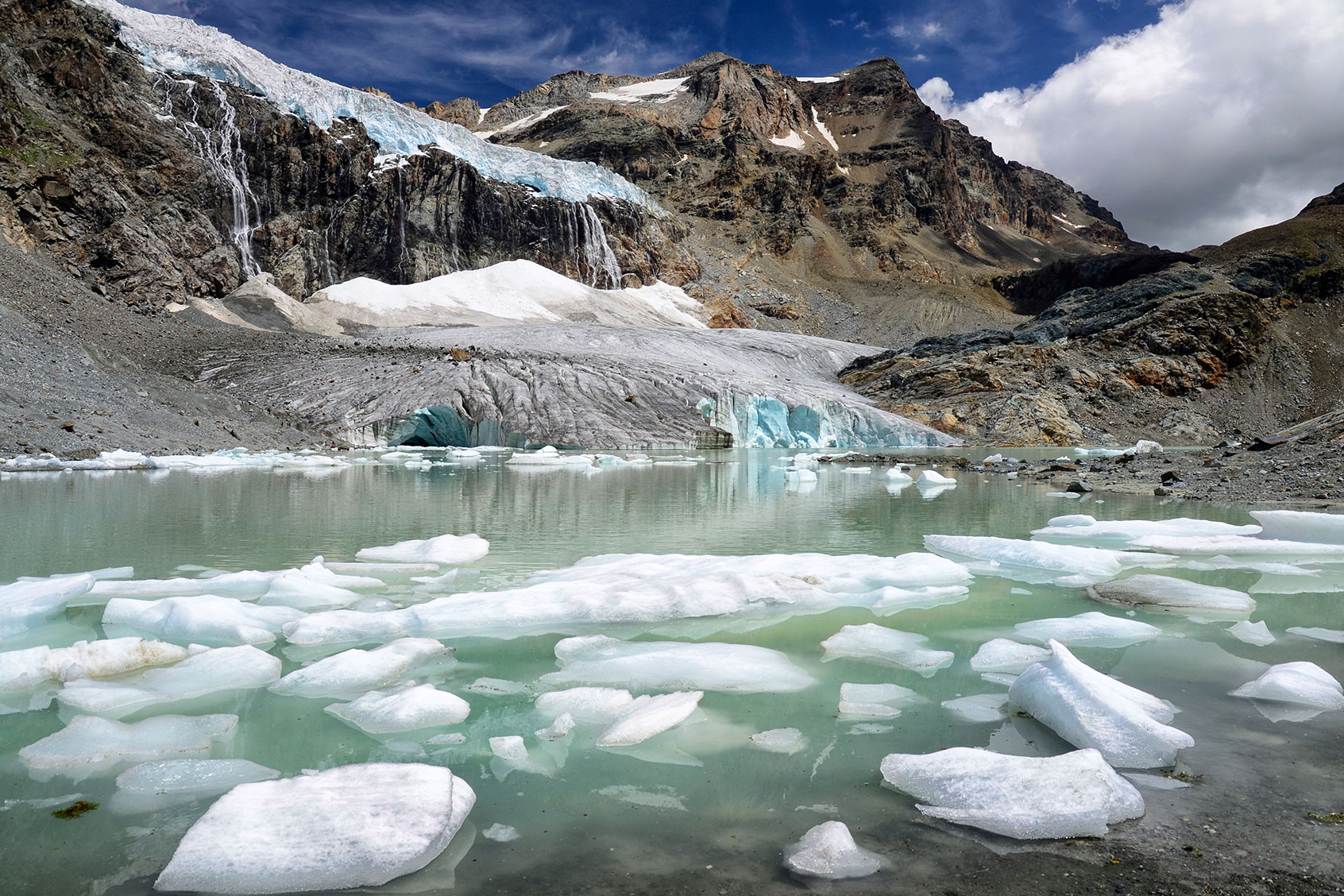Situated on a Canadian body of land known as Ellesmere Island, Lake Hazen is drop-for-drop the largest freshwater lake in the High Arctic. While its surface area is surpassed in size by Lake Taymyr in Russia and Lake Inari in Finland, it contains more water than either of those bodies, owing its mammoth volume in large part to the numerous glaciers that feed it. Yet as climate change worsens, increased glacial melt — the kind that is causing glaciers from Mount Everest to Africa to disappear altogether — is going to spur all kinds of natural disasters. The most obvious one is sea level rise: for instance, the glaciers in the Greenland Ice Sheet just east of Lake Hazen are currently melting so dramatically that experts believe they could cause a mass rise in sea level displacing as much as 40% of the population.
As Mann put it, “there are actually a variety of mechanisms by which climate change could increase the spread of novel pathogens, of which this is just potentially one.”
But beyond frozen water, there are other horrors lurking within the vicinity of the glacial ice, waiting patiently to spread anew across the landscape.
Enter a new study published in the journal Proceedings of the Royal Society B. The study raises the Lovecraftian prospect that glacier melt like that which will run off from Lake Hazen will help spread pandemics.
The scientists behind the study arrived at this conclusion by analyzing soil and lake sediments from Lake Hazen. Using DNA and RNA sequencing technology, they reconstructed the complete virosphere (or ecosystem of viruses) that exists in the Lake Mead area and then tried to ascertain the risk of “viral spillover,” or events where a virus moves from a host in one species to a host in a different species. To do this, they studied how closely the viral evolutionary histories compared with those of nearby organisms. Their conclusion was, quite simply, that “spillover risk increases with runoff from glacier melt, a proxy for climate change.” All it would take is for climate change to force species to move northwards, which would expose them to these new mysterious viruses that they can in turn spread to humans.
“We show that as glacier runoff increases, as it is predicted to do in a warming world, so does spillover risk,” Dr. Stéphane Aris-Brosou, a biology professor at the University of Ottawa and the corresponding author behind the study, told Salon by email.
Dr. Michael E. Mann, Director of the Penn Center for Science, Sustainability & the Media (PCSSM) and a Presidential Distinguished Professor at the University of Pennsylvania, told Salon by email that he views the study as “interesting” but added that further research needs to be done about its larger implications. Aris-Brosou also told Salon that the study is only part of the larger research that needs to be done on this subject, writing that “as we adopted a global approach, based on the compared history (phylogeny) of the viruses and of their hosts, we do not predict any future pandemic.” Indeed, this study is not even the first to cover the possibility that glacial melt will cause more pandemics.
Want more health and science stories in your inbox? Subscribe to Salon’s weekly newsletter The Vulgar Scientist.
A paper published by the journal Nature in May also highlighted the fact that, as climate change causes animals to move to different regions, they will be exposed to new viromes and will in turn make humans more vulnerable to new types of viral infections. “Our findings highlight an urgent need to pair viral surveillance and discovery efforts with biodiversity surveys tracking species’ range shifts, especially in tropical regions that harbor the most zoonoses and are experiencing rapid warming,” the authors of the May study concluded.
“The problems arise from flows over the surface and especially contamination from feces from cattle and other animals.”
Dr. Kevin E Trenberth, a Distinguished Scholar at the National Center for Atmospheric Research, wrote to Salon that flooding (which will be much more common) due to climate change will also increase the likelihood of new pandemics.
“The flows and percolation of waters through soils remarkably filters the waters, and the problems arise from flows over the surface and especially contamination from feces from cattle and other animals,” Trenberth observed. “That leads to various outbreaks of things like cryptosporidia,” a parasite that causes the diarrheal disease cryptosporidiosis.
As Mann put it, “there are actually a variety of mechanisms by which climate change could increase the spread of novel pathogens, of which this is just potentially one.”
If human beings are going to survive these pandemics, the first thing they must do is raise awareness that they are likely to break out. Dr. Ken Caldeira, Senior Scientist (Emeritus) at the Carnegie Institution for Science, was pessimistic.
“Enough Americans are dying from COVID to nearly fill a jumbo jet full of people every day. Yet most seem to be acting like the pandemic is over,” Caldeira wrote to Salon. “Many think that as climate damage and risks become more pronounced, we will do more to reduce emissions and avoid climate damage. But maybe we will just become immune to bad news.”

